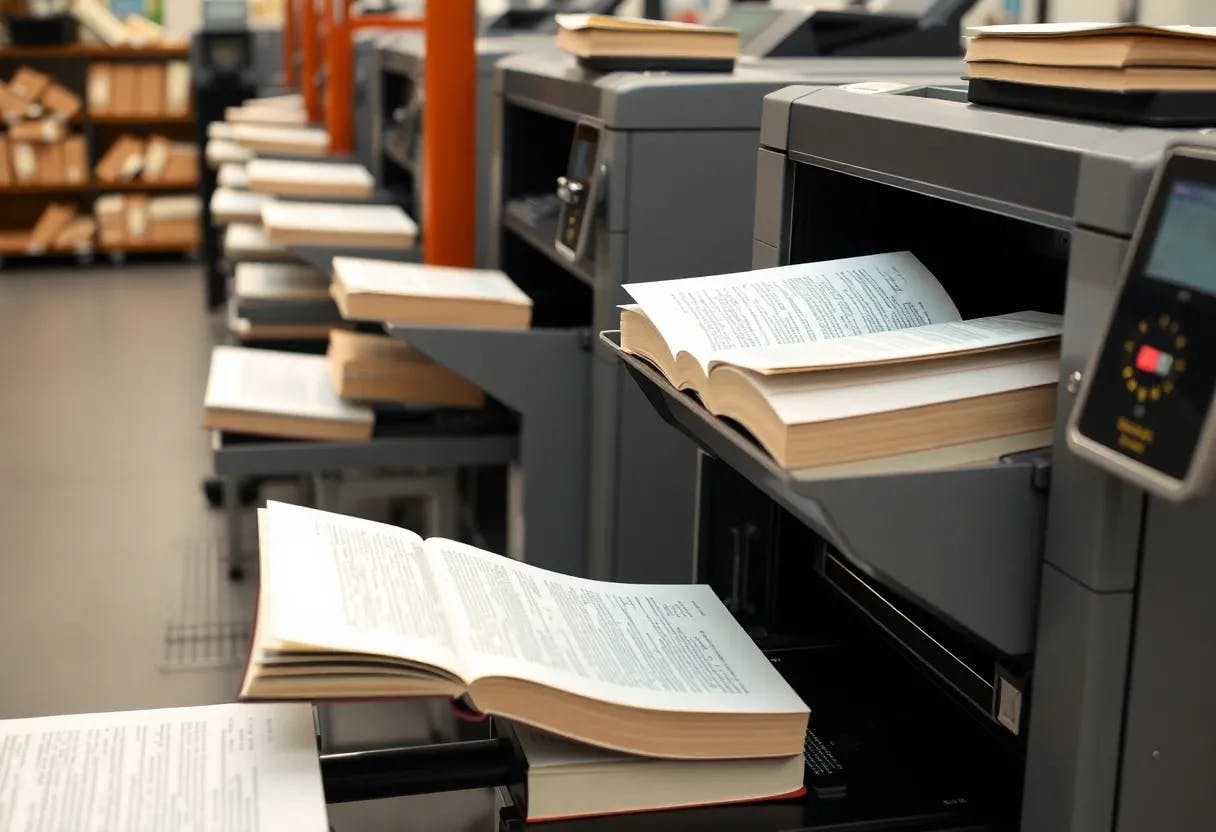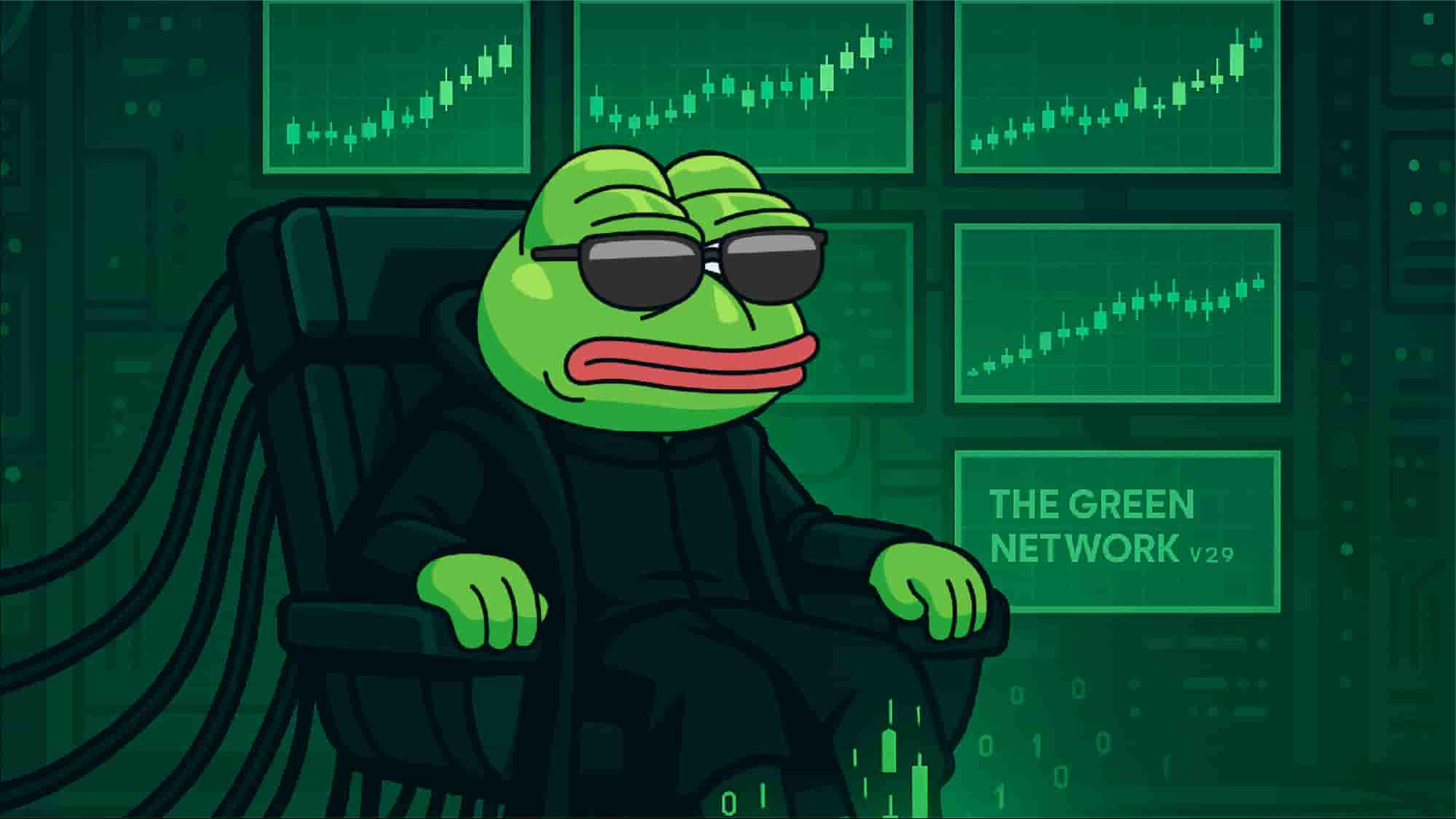Anthropic Admits to Copying Books en masse for Claude—Can Fair Use Save It?

ANDREA BARTZ, CHARLES GRAEBER, and KIRK WALLACE JOHNSON v. ANTHROPIC PBC, retrieved on June 25, 2025, is part of
Each work selected for training any given LLM was copied in four main ways — and in fact so many times that Anthropic admits it would be impractical even to estimate.
First, each work selected was copied from the central library to create a working copy for the training set.
Second, each work was cleaned to remove a small amount of lower-valued or repeating text (like headers, footers, or page numbers), with a “cleaned” copy resulting. If the same book appeared twice, or if while looking across the entire provisional training set it became clear there was some other reason to cull a book or category, Anthropic had the capability to delete relevant copy(ies) from the set at this step (see CC Br. Expert Zhao ¶¶ 71–72).
Third, each cleaned copy was translated into a “tokenized” copy. Some words were “stemmed” or “lemmatized” into simpler forms (e.g., “studying” to “study”). And, all characters were grouped into short sequences and translated into corresponding number sequences or “tokens” according to an Anthropic-made dictionary. The resulting tokenized copies were then copied repeatedly during training. By one account, this process involved the iterative, trial-and-error discovery of contingent statistical relationships between each word fragment and all other word fragments both within any work and across trillions of word fragments from other copied books, copied websites, and the like. Other steps in training are not at issue here (id. ¶¶ 73–76; see Opp. Expert Zhao ¶ 38 & n.6).
Fourth, each fully trained LLM itself retained “compressed” copies of the works it had trained upon, or so Authors contend and this order takes for granted. In essence, each LLM’s mapping of contingent relationships was so complete it mapped or indeed simply “memorized” the works it trained upon almost verbatim. So, if each completed LLM had been asked to recite works it had trained upon, it could have done so (e.g., Opp. Expert Zhao ¶ 74). Further steps refining the LLM are not at issue here.
However, that was as far as the training copies propagated towards the outside world. When each LLM was put into a public-facing version of Claude, it was complemented by other software that filtered user inputs to the LLM and filtered outputs from the LLM back to the user (id. ¶¶ 75–77). As a result, Authors do not allege that any infringing copy of their works was or would ever be provided to users by the Claude service. Yes, Claude could help less capable writers create works as well-written as Authors’ and competing in the same categories. But Claude created no exact copy, nor any substantial knock-off. Nothing traceable to Authors’ works. Such allegations are simply not part of plaintiffs’ amended complaint, nor in our record.
Neither side puts directly at issue any copies of any works that might have been used for the filtering software. Nor will this order.
In sum, the copies of books pirated or purchased-and-destructively-scanned were placed into a central “research library” or “generalized data area,” sets or subsets were copied again to create training copies for data mixes, the training copies were successively copied to be cleaned, tokenized, and compressed into any given trained LLM, and once trained an LLM did not output through Claude to the public any further copies. Finally, once Anthropic decided a copy of a pirated or scanned book in the library would not be used for training at all or ever again, Anthropic still retained that work as a “hard resource” for other uses or future uses. At least one work from each Author was present in every phase described above.
In August 2024, the three individual authors brought this putative class action complaining that Anthropic had infringed its federal copyrights by pirating copies for its library and by reproducing them to train its LLMs (Compl. ¶¶ 45–46, 71; see Amd. Compl. ¶¶ 47–48, 75). In October 2024, a scheduling order required that any motion for class certification be brought by March 6, 2025 (Dkt. No. 49).
The individual authors soon amended their complaint to include affiliated corporate entities as named plaintiffs, with consent. And, Anthropic chose not to move to dismiss the amended complaint, as it earlier had planned (see Dkt. No. 37). Instead, Anthropic moved to allow an early motion for summary judgment on fair use, even before class certification (Dkt. No. 88; see Feb. 25, 2025 Tr. 15). Permission was granted.
Anthropic now moves for summary judgment on fair use only. Fair use is a legal question for the judge with underlying fact questions, if any, for the jury. To prevail on summary judgment, Anthropic must rely on undisputed facts and/or factual inferences favoring the opposing side. Anthropic thus bears the burdens of production and persuasion in this motion. See Google LLC v. Oracle Am., Inc., 593 U.S. 1, 23–24 (2021); Andy Warhol Found. for the Visual Arts, Inc. v. Goldsmith, 598 U.S. 508, 547 n.21 (2023); Campbell v. Acuff-Rose Music, Inc., 510 U.S. 569, 590 & n.20, 594 (1994); see also Nissan Fire & Marine Ins. Co. v. Fritz Cos., 210 F.3d 1099, 1102–03 (9th Cir. 2000).
Notably, in its motion, Anthropic argues that pirating initial copies of Authors’ books and millions of other books was justified because all those copies were at least reasonably necessary for training LLMs — and yet Anthropic has resisted putting into the record what copies or even sets of copies were in fact used for training LLMs. For example, at oral argument, Anthropic asserted that if a purported fair user had retained pirated copies for uses beyond the fair use, then her piracy would not be excused by the fair use (Tr. 53, 56). But when Authors earlier interrogated Anthropic in discovery about what library copies (the original copies “obtained or created” by Anthropic) Anthropic had recopied for further uses, Anthropic responded that providing information about any copies made for uses beyond training commercially released LLMs would be overbroad, and that it could not count up all its copying even for LLMs in any case (e.g., Opp Exh. 30 at 3). We know that Anthropic has more information about what it in fact copied for training LLMs (or not). Anthropic earlier produced a spreadsheet that showed the composition of various data mixes used for training various LLMs — yet it clawed back that spreadsheet in April (Opp. Fredricks Decl. ¶¶ 2–3). A discovery dispute regarding that spreadsheet remains pending. But Anthropic did not need a court order to offer up what it possessed in support of its motion. All deficiencies must be held against Anthropic and not the other way around.
This is the first substantive order in this case. A contemporaneous motion for class certification remains pending. It proposes one class related to works that were pirated (whether or not used to train LLMs), and a second class related to works that were purchased, scanned, and used in training LLMs. This order follows full briefing, a hearing, and supplemental briefing.
To summarize the analysis that now follows, the use of the books at issue to train Claude and its precursors was exceedingly transformative and was a fair use under Section 107 of the Copyright Act. And, the digitization of the books purchased in print form by Anthropic was also a fair use but not for the same reason as applies to the training copies. Instead, it was a fair use because all Anthropic did was replace the print copies it had purchased for its central library with more convenient space-saving and searchable digital copies for its central library — without adding new copies, creating new works, or redistributing existing copies. However, Anthropic had no entitlement to use pirated copies for its central library. Creating a permanent, general-purpose library was not itself a fair use excusing Anthropic’s piracy.
About HackerNoon Legal PDF Series: We bring you the most important technical and insightful public domain court case filings.
This court case retrieved on June 25, 2025, from storage.courtlistener.com, is part of the public domain. The court-created documents are works of the federal government, and under copyright law, are automatically placed in the public domain and may be shared without legal restriction.
